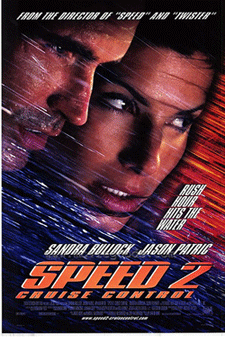Copywriters face a common conundrum: how do you inject copy with energy and excitement without it reading like a horrible heap of hype?
I’ve been reading around, trying to work out exactly what makes powerful copy that excites people but doesn’t turn them off with the ripe stench of fraud.
Copy that’s redolent of hype makes readers lose trust – and when trust is lost, so too are sales.
It seems that the factors that influence whether copy reads like hype or not can be easily categorised:
The Good Stuff
You can grab attention and get people thinking about your products by telling them captivating stories, or by painting a picture with words.
Powerful words also help your messages to leap from the page and smack your reader in the face. (Powerful words are difficult to quantify, because it depends very much on their context. And many ‘powerful’ words are overused – which dilutes their power. But any word that carries energy or powerful connotations in the context that you’re using them in can be considered powerful.)
Clichés will never be powerful – so avoid them.
The Bad Stuff
Energy becomes hype when you use exclamation marks too much!!! See?
Copy that has loads of energy but no evidence to reinforce claims made is prime hype material. If you want to shout about something that’s amazing, make sure you back up those claims with evidence (authentic testimonials, client names etc).
Unrealistic claims. Don’t exaggerate. If a product could theoretically make a person a million dollars in a minute, but real people had only managed to earn a hundred dollars in a week, don’t be tempted to trade on the potential power of the product. Keep it real!









